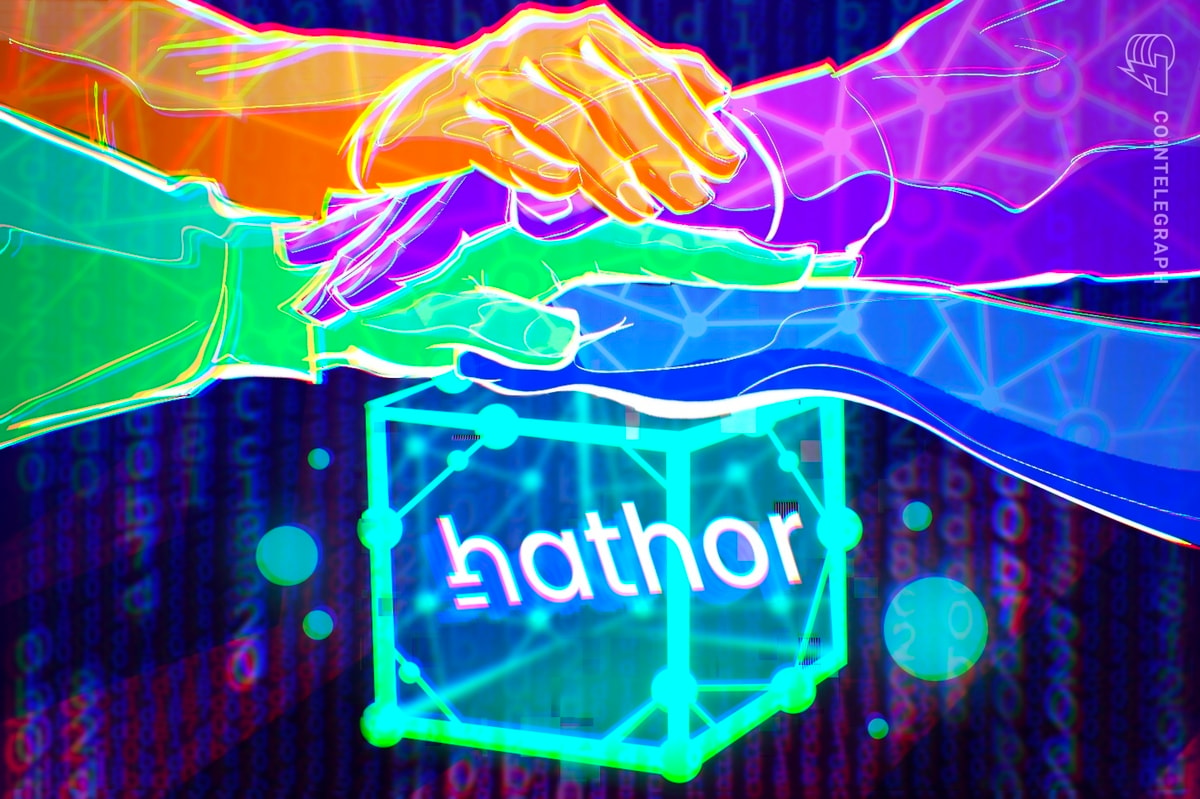Launched in mid-2022, Hathor Network has tokenized approximately $50 million worth of security assets, including for the largest banks in Brazil, such as Itaú and Santander Brasil. The project involved extensive collaboration with the Brazilian SEC to meet regulatory requirements.
“We had discussions with the Brazilian SEC to explain blockchain technology and make sure they were satisfied with the security features,” Yan Martins, co-founder and CEO of Hathor Labs stated. “They have actually pushed a lot of the development of blockchain projects. It’s nice to see some regulated assets being issued on the blockchain.“
Missed our latest AMA with a co-founder of @HathorNetwork?
— Cointelegraph (@Cointelegraph) November 28, 2024
We talked about Hathor's newest Nano Contracts aimed at solving common smart contract issues, grant program and more.
Check out the recap now https://t.co/k1ByyIggJc
[Brought to you by @HathorNetwork] pic.twitter.com/axNRQFb1Wh
Hathor Network is a product of Hathor Labs. Born out of the Ph.D. research of Marcelo Salhab, chief technology officer of Hathor Labs, this layer-1 blockchain has an innovative architecture that mixes the concepts of DAG and a traditional chain of blocks while focusing on simplifying tokenization.
Creating tokens on Hathor Network is straightforward due to its native support, bypassing the complexity and cost of smart contracts. “For RWAs, it’s a perfect fit. Most companies need a token that represents an asset, and they want to trade it among their customers,“ Martins explained.
The even smarter contracts
Introducing Hathor’s new smart contract platform, Nano Contracts—the enabler for Hathor to fully embrace Web3 and DeFi—,Martins said: “We wanted to create something fundamentally different, making it easier for builders and developers to adopt. Nano Contracts are written in Python, a developer-friendly language, which lowers the entry barrier significantly.” Continuing, the CEO added: “Beyond that, we’ve simplified the complexities of traditional smart contracts, abstracting away many of the technical primitives and functionalities that typically require deep expertise with other chains. This approach allows developers to focus on innovation rather than navigating unnecessary hurdles.”
Nano contracts offer “blueprints“ - pre-built contract templates that require only configuration before deployment. “Basically, they’re off-the-shelf contracts, like templates. So if you want a liquidity pool, you don’t have to code it. You just configure token pairs, initial ratio of tokens, fees, other parameters and then you deploy,“ the CEO explained.
Hathor Network is encouraging developers to actually test Nano Contracts and other platform features through a series of events — an incentivized testnet campaign with airdrops as rewards and grants program for developers. Martins expressed particular interest in the potential of developers outside of Web3: “I’d love to see those people come in with a fresh perspective and build products that we’re not used to.“
Reducing friction through innovation
Looking ahead, the project’s roadmap includes an Ethereum Virtual Machine (EVM) bridge, which is in the final testing phase, that will allow to transfer tokens created in EVM chains to the Hathor network and benefit from zero fee transactions, high speed and scalability.
Another upcoming feature Martins mentioned is a unique protection against MEV, which has cost ETH users over $1.3 billion so far: “Block producers can’t order the transactions the way they want, and the transactions are kind of shuffled. There’s no way for a block producer to sort of extract value and make sure that their transaction is actually front-running or back-running another transaction. That prevents a lot of the MEV strategies that we know about.“
He continued: “A lot of solutions today rely on centralized infrastructure. I hope that opposed centralization comes back because we really need it. With Hathor, that’s our goal, as a segment of scalability without compromising decentralization.“
The speaker concluded with Hathor’s mission to create a more accessible, user-friendly blockchain ecosystem: “We want people, especially integrators, to be able to bring products to market quickly and spend time not thinking about blockchain, but thinking about products, marketing, but knowing more about their customers and improving their user experience.”
“For example, with network contracts, you have some fees, but we’re making sure that’s not a barrier for anyone who wants to use the Hathor Network. We’re going to have different fee payment systems where you can not only pay with a native HTR token but also have some prepayment options so that the contracts themselves can handle the user fees,” Martins added.
Disclaimer. Cointelegraph does not endorse any content or product on this page. While we aim at providing you with all important information that we could obtain in this sponsored article, readers should do their own research before taking any actions related to the company and carry full responsibility for their decisions, nor can this article be considered as investment advice.












